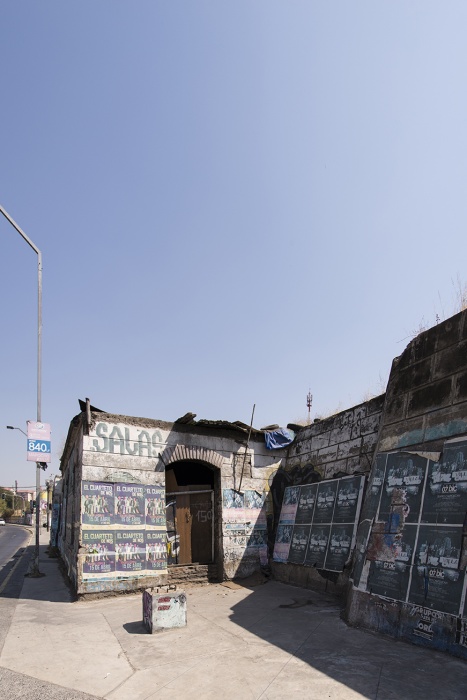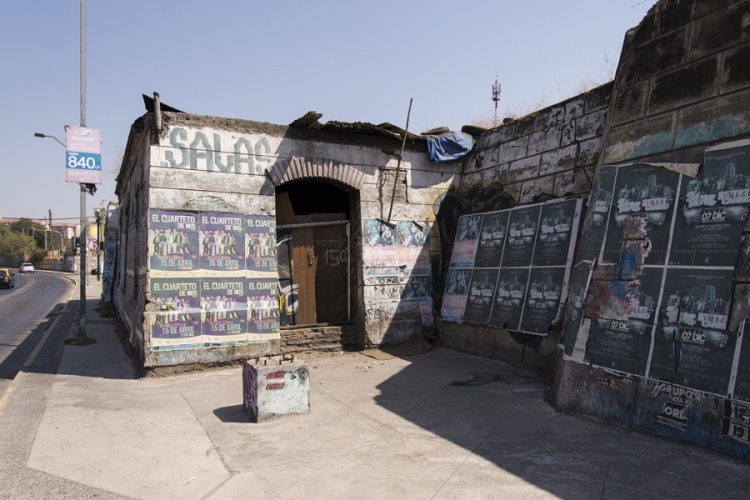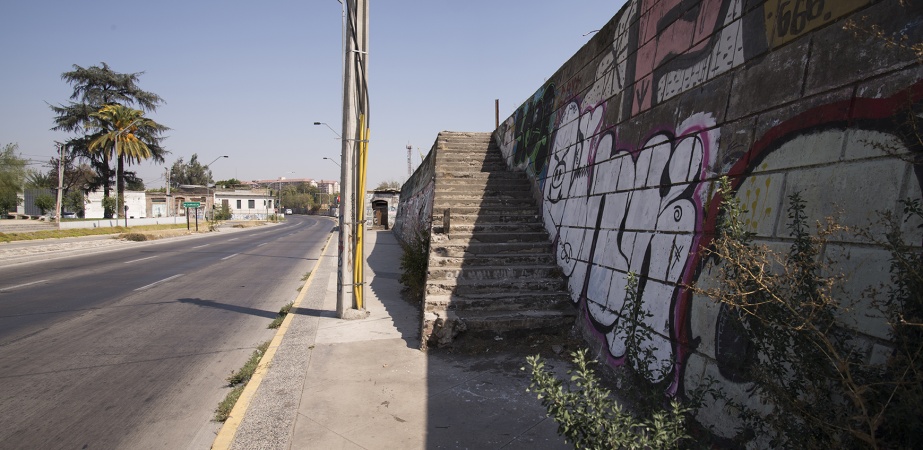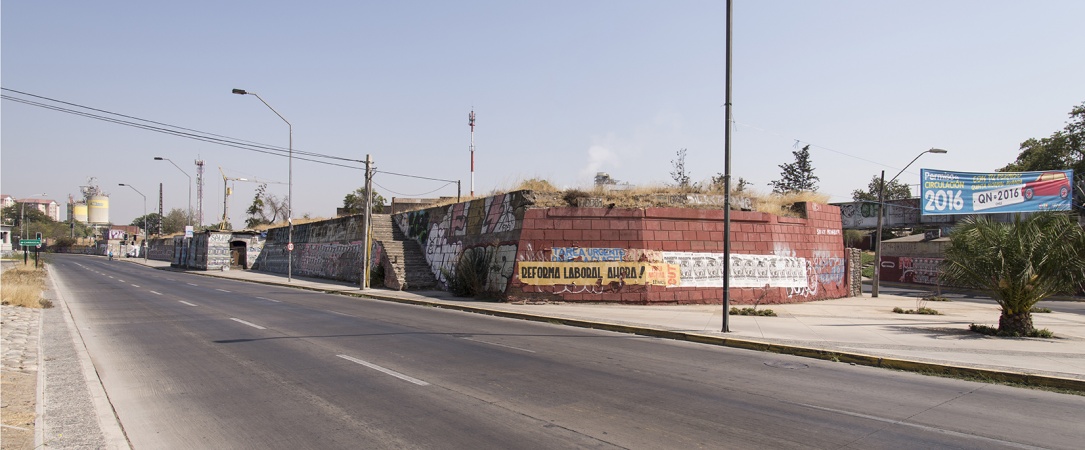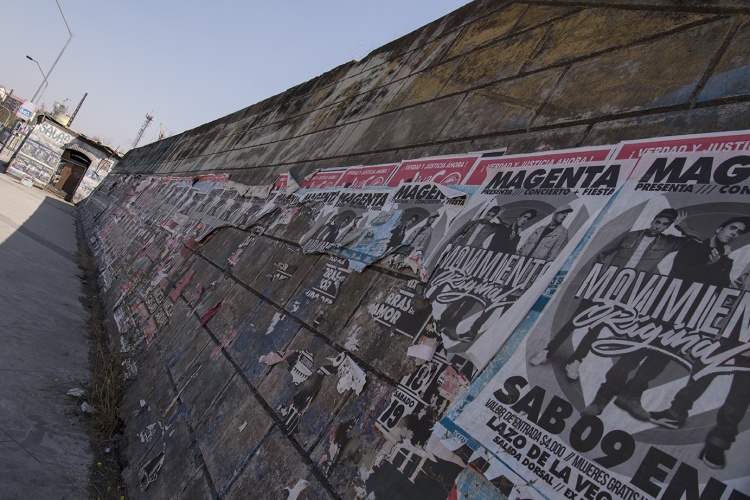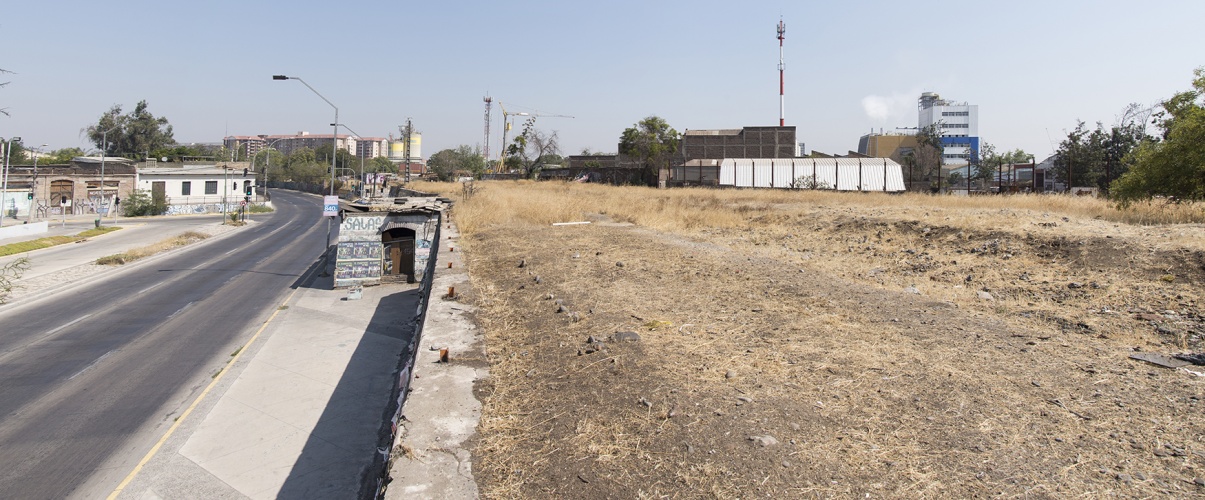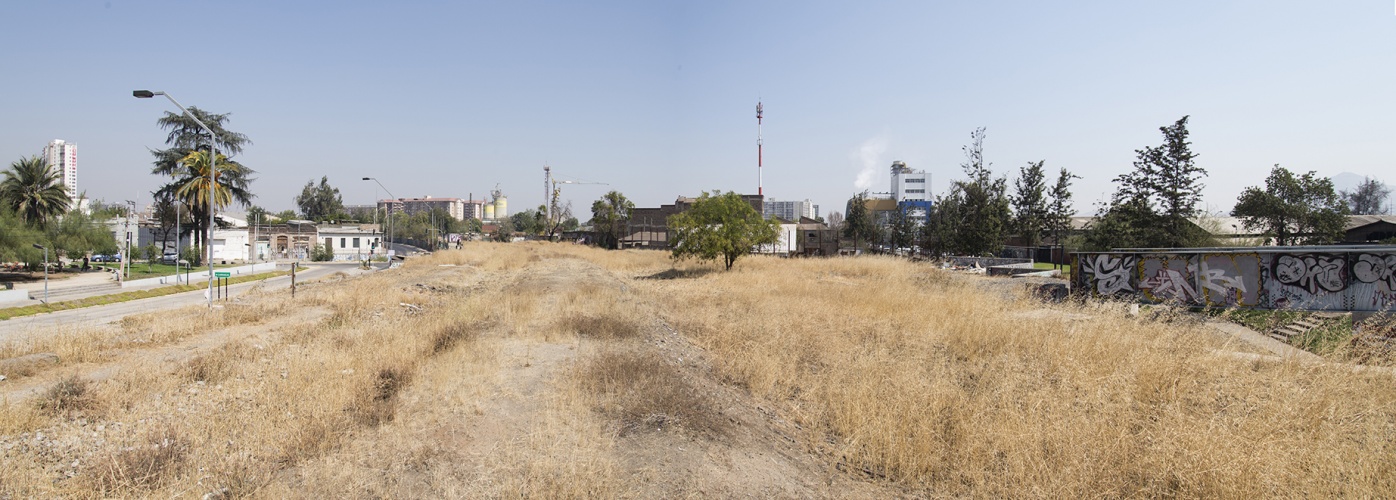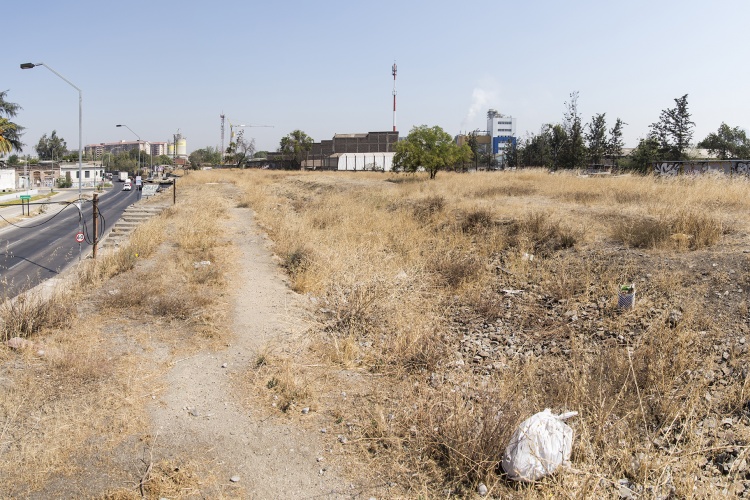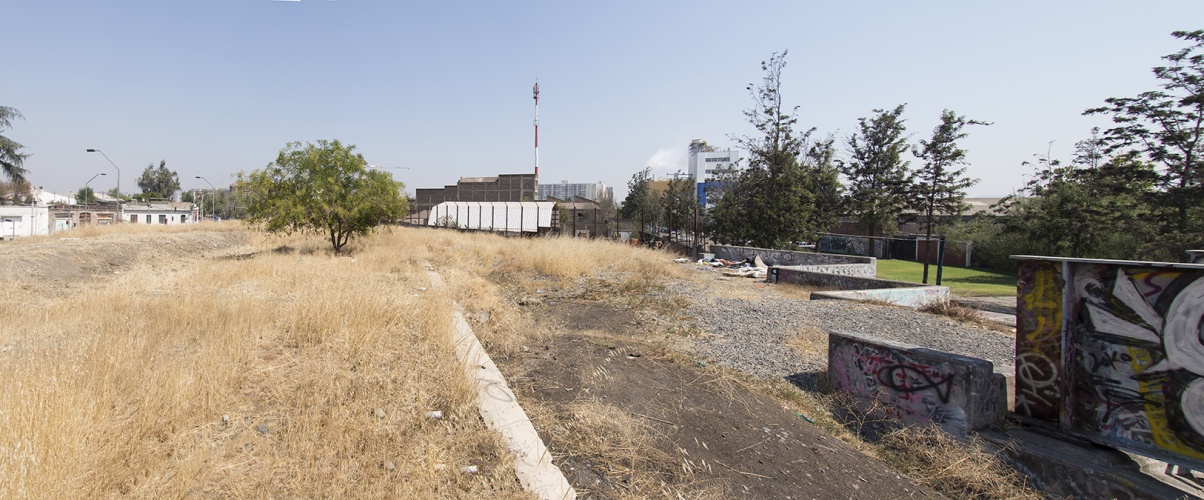Opened in 1863, Yungay Railway Station served as a combination of four train lines: the railways from Valparaiso to Santiago, the Beltway railway, Yungay-Barrancas railway and the Matucana Tunnel; thus it was the most important line of the sector northwest of Santiago, and one of the busiest in Chile at the beginning of the 20th century. It was known as “the triangle of Yungay.”
The territorial opportunity the railroad grants to the city is not only a transportation issue, but also speaks of a mobilized, modern citizenry. This translates in a constant encounter of migration in the great capital, one of the most important characteristics of an empowered citizen – to move in the territory. This offers a tremendous educational platform for it is a place of encountering, and not just of relations among workers, but among all the citizens of this country.
The stations and the train are a symbol of modernization, in this case Yungay Station being inaugurated under the government of José Joaquín Pérez.
Railway worker settlements were built around this area. In what is today known as Parque de Los Reyes was located the Población Yungay (Yungay Settlement), inhabited by railway families working in the stations and in different departments, both administrative and labor. This fact indicates that there was a wide degree of inclusion and integration in the community. Domestic space was respected in the political and public development of the State.
Under the Government of German Riesco, who promoted monetary issuance and caused economic speculation, a strong economic crisis unfolded in 1905. This, along with the process and problems that resulted in the so-called “social question” in our territory, exacerbated the poor living conditions of the population, causing various outbreaks of social unrest. The most important in this process was the so-called “Mitin de la carne” (Meat Rally) which took place on October 22, 1905 and drew more than 40,000 people.
The intention of the rally was to deliver a list of petitions to the president. He was not to be found at La Moneda Presidential Palace, and a group of representatives was dispatched to look for him at his private home. Riesco received them kindly and spoke with them, saving the text to study later.
As the crowd waited, a rumor started spreading: Riesco was not in Santiago. This was the spark that blew up the crowd: they tried to storm La Moneda and the home of Riesco. After these failed attempts, they began to raid residences and stores, killing any passer-by who seemed to be of a wealthy class. The police could do nothing and had to call in the army, which was at that time in the outskirts conducting military maneuvers. Riesco arrived on October 24, ending the revolt three days later. 500 were injured and between 200 and 250 people were killed, in addition to serious damage to private and public property caused by protesters, symptoms that, without a doubt, caused the “social issue” to be taken into account. It is in this context that Yungay Station was burned and restored bit by bit, until the earthquake of 1985, which virtually demolished it.
